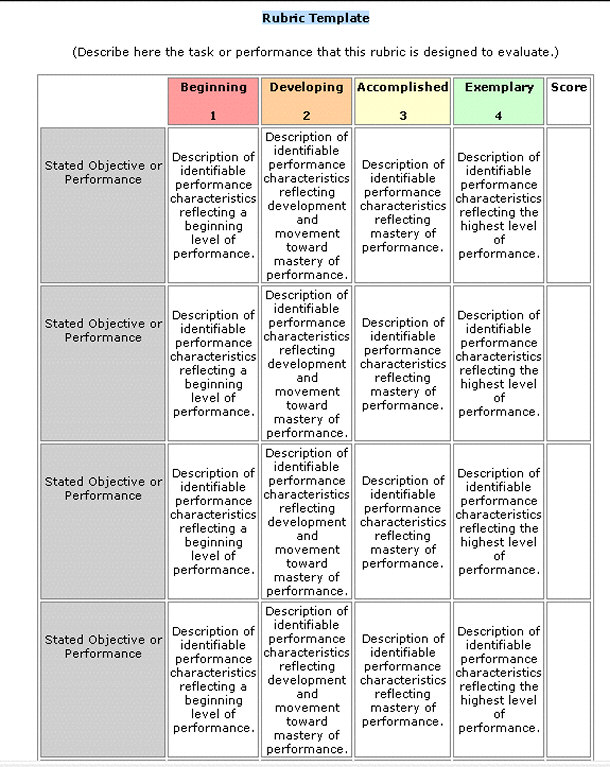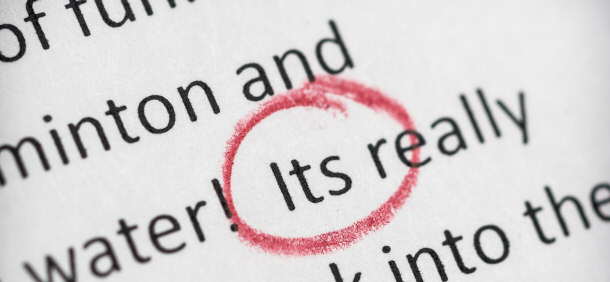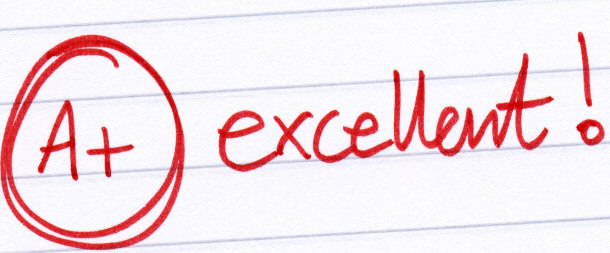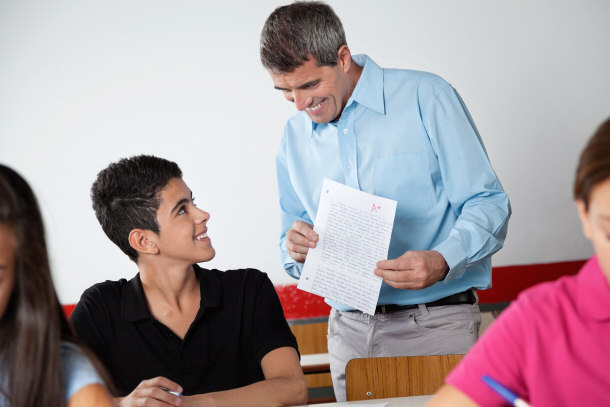*** This article I have written some years ago was originally published here.
Essays are known to be the most widely used assessment of learning before multiple-choice tests were invented. Students are expected to exhibit learning by detailing answers to questions in prose.

Even today, in the presence of exam types that are easier to check and grade, teachers still consider essay as one of the most reliable assessments of student learning.
Essay as a Significant Academic Measurement
Essays have long been utilized to test students’ knowledge of a subject. This is because essays require students to exert effort and dig for deeper understanding to produce a sound answer to a prompt. In contrast with multiple-choice exams, students must make use of adequate set information to answer questions rather than just recalling or associating them with given choices. As support and proof are needed to justify answers, it also makes use of students’ schema. In addition, essays help teachers assess students’ ability to think critically.
Essays have long been utilized to test students’ knowledge of a subject. This is because essays require students to exert effort and dig for deeper understanding to produce a sound answer to a prompt. In contrast with multiple-choice exams, students must make use of adequate set information to answer questions rather than just recalling or associating them with given choices. As support and proof are needed to justify answers, it also makes use of students’ schema. In addition, essays help teachers assess students’ ability to think critically.
Student Suffering from Writer's Block


As essays leave room for expression of views, it is a good method to recognize the complexity of thought processes. Lastly, with writing a skill expected from almost all educated persons, essays challenge students to express their views in a grammatically and beautifully intertwined use of language.
Correcting Essays: Tips for Teachers
Evaluating students' writing is one of the most challenging tasks a language teacher may face. Essays are helpful in challenging students to express views on a given subject and should not be graded based on any general system. Other than just purely assigning numbers or letters for grades, essays are supposedly assessed with greater understanding that students differ in their efforts and accomplishments.
Evaluating students' writing is one of the most challenging tasks a language teacher may face. Essays are helpful in challenging students to express views on a given subject and should not be graded based on any general system. Other than just purely assigning numbers or letters for grades, essays are supposedly assessed with greater understanding that students differ in their efforts and accomplishments.

The following are the tips on how to correct student essays effectively.
- Read essays at least twice. When correcting essays, do not start grading the first time you read. It is best to scan first to understand the ideas the student wanted to convey. Upon getting the gist of the student’s work, it is easier to assess which parts of your performance expectations were met. The second time you read is the stage when you can start identifying communication failure in the composition. Often, what we feel was expressed by the student isn’t exactly what they mean to tell us. As a result, correcting students’ writing after the first time you read may result in mistakes in understanding what was meant, leading to improperly grading them afterward.
- Cover student’s name. Often times, we tend to be quite considerate when correcting or grading essays based on a student’s attitude in our classes. We can’t deny the fact that some students create good impressions and some don’t. When grading tests that do not require us to follow a specific list of right or wrong answers, we may be bias in correcting. To avoid this, it is best to fold the upper part of the essays to conceal the identity of the writers. Sometimes, teachers can even assign a number to a specific student in place of a name on the paper. With this, we can correct essays objectively and thus grade them fairly.
- Make use of rubrics. Recent development in education has paved way to grading designs for more subjective tests. In correcting student essays, it is best to grade and correct according to a specific standard. Because it separates and defines different performance levels expected from student output, rubrics aid teachers in giving precise ratings.

- When dealing with linguistically advanced students, a standardized rubric like those of SAT or TOEFL can be utilized. It is best, however, that a teacher designs rubrics for specific class or tasks. Remember that if the purpose of the essay is to describe, the focus of corrections will be on descriptions. Modify your rubrics to fit every kind of composition requirement with different expectations.
- Use editing marks. When assessing essays, do not attempt to write all your corrections and color your student paper with red marks. Studies say that students do not generally learn when they are bombarded with what they have done wrong. Additionally, marking every part of the essay takes too much of a teacher’s time. Avoid the temptation of proofreading your students’ essays for all types of errors.

At the beginning of a term in your composition classes, it is advised that editing marks be introduced to students. This will make students discover for themselves the kind of mistakes committed and how to possibly correct them. Consequently, this can foster peer editing.
- Take note of students’ mistakes. Grading the papers after you have corrected them isn’t the last thing to do. A more conscientious teacher takes note of students’ most common mistakes. This list of things that challenges students can be taken up in class the next day. By starting with the errors, students will understand further why such mistake is committed. Alternately, the teacher must provide explanations on why some constructions are considered errors and what can students do to remedy them.

When a particular student commits the most mistakes at all times, the teacher should make the student consult, or have an assistant to help developing acceptable compositions. Keeping track of student’s mistakes can help teachers identify who among the class members needed extra attention and assistance.
- Include an end note. For a more traditional teacher, this might mean comments on the over-all writing performance of the student. For a more responsive one, this means formative comments. When correcting students’ essays, give honest and constructive comments by focusing on what was successfully applied or how much effort was visible in the composition. When end notes are non-offensive to students, they will serve as guides for achieving expectations. This gives them clear ideas on why a certain part is considered less acceptable and how they can do better. Be sure that end notes should serve as instruction not as a grading justification. To motivate your students, emphasize on what was accomplished rather than what was missed, and offer suggestions on how to improve their work.

Focus on what the students did right.
- Return assignments promptly. Marking and commenting on essays is crucial, but teachers have to return students’ essays promptly. When students still have the enthusiasm on the result of tasks, they are eager to know how they performed. Return students’ work and be sure to review the points most of them failed to follow. Provide examples that contrast both acceptable and less acceptable alternatives. When students have their essays on hand, it is easier for them to clarify the markings and the possible remedies.

As you go along, students can identify their own mistakes and will find it easier to relate to the review of points. Consequently, they can take notes next to your markings and thus have lesser chances of committing the same mistake when doing the next task.
Conclusion:
It is perhaps challenging to correct and grade essays on any course or discipline. Assignments have different goals and expectations. Generally, no matter how divergent a student’s response is to the prompt, it is still worth some points, unless it is proven to have been plagiarized. Remember that students’ efforts deserve merits.
It is perhaps challenging to correct and grade essays on any course or discipline. Assignments have different goals and expectations. Generally, no matter how divergent a student’s response is to the prompt, it is still worth some points, unless it is proven to have been plagiarized. Remember that students’ efforts deserve merits.
Quite different from other types of tests, essays demand the teacher’s full attention to make sure that they are graded based on a standard set. It also requires teachers extra time to read, re-read, assess, and correct. Because this type of evaluation has long been considered subjective, many would think that grading might be based on how good a student’s image is to the teacher.

Since it is quite tempting to look at the names of the writers while reading a very interesting or frustrating composition, teachers are to practice being unbiased by concealing identities until after grading the papers. It is expected that compositions are to be graded based on a rubric which include style, ideas, organization and so on.
Writing grades do not end the teacher’s role in developing students’ ability to write essays as they are expected to provide end notes, review points or monitor students’ progress individually. As a complex skill, writing an essay requires schema from many other subjects learned, and a responsive teacher can direct students on how to make use of these knowledge by expressing them in a logically accepted form.
No comments:
Post a Comment